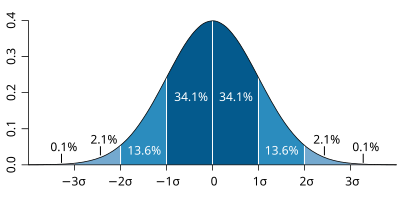Suppose for a moment that you have a collection of features you want to build into a product.
You sit down with your team, brainstorm some user stories and then score them. When you are done you total up the story points and there are 100 story points.
Suppose then that I tell you this project is scheduled to be delivered in 3 months. Hmm, that's interesting.
Now suppose that you are also consulting on another project. You have a collection of features you want to add to this other product. This project has an entirely different team. Like the first team these folks have been working together for a while and many of the team members go back to version 1.0 when the product was launched.
You sit down with this team, brainstorm some user stories and score them. When you are done you total up the story points and there are 100 story points.
You look at the project plan and see that the project is scheduled to be delivered in 9 months.
Both are 100 points but one is a 3 month forecast and the other a 9 month forecast. Is one team's assessment of the user stories right and the other wrong?
It's likely that both are correct.
